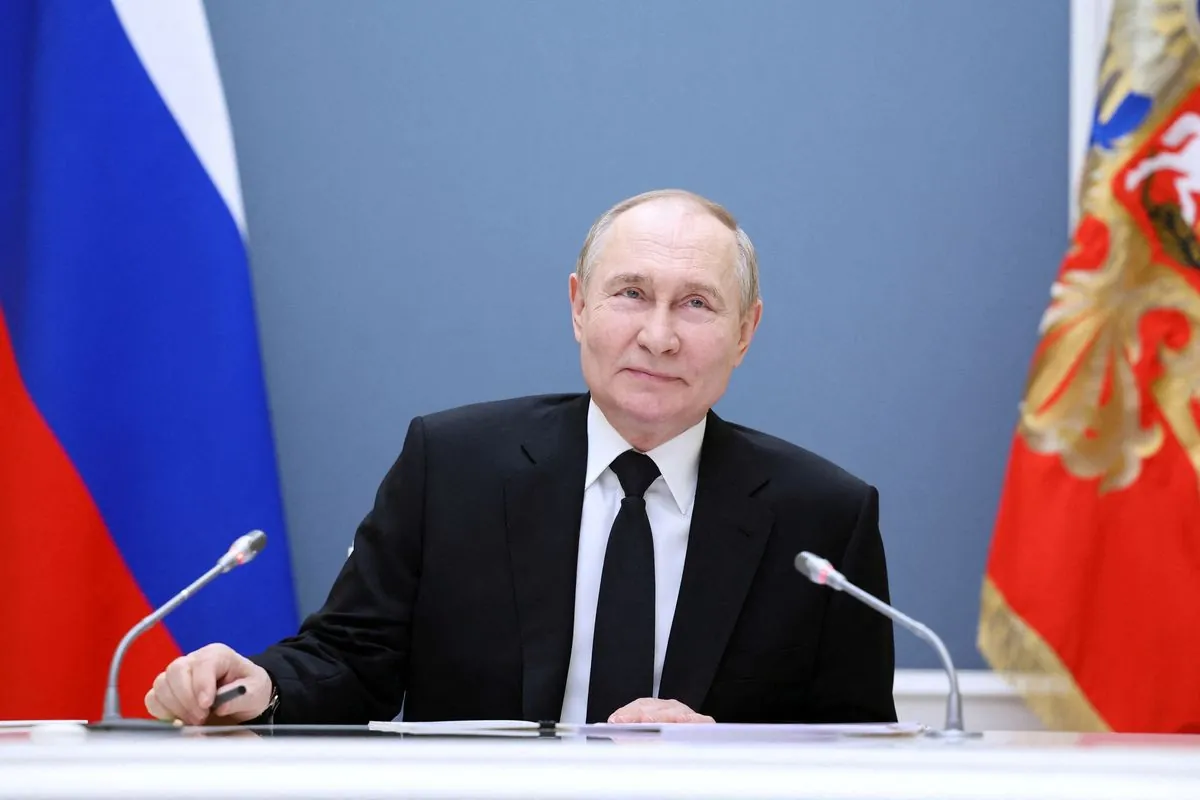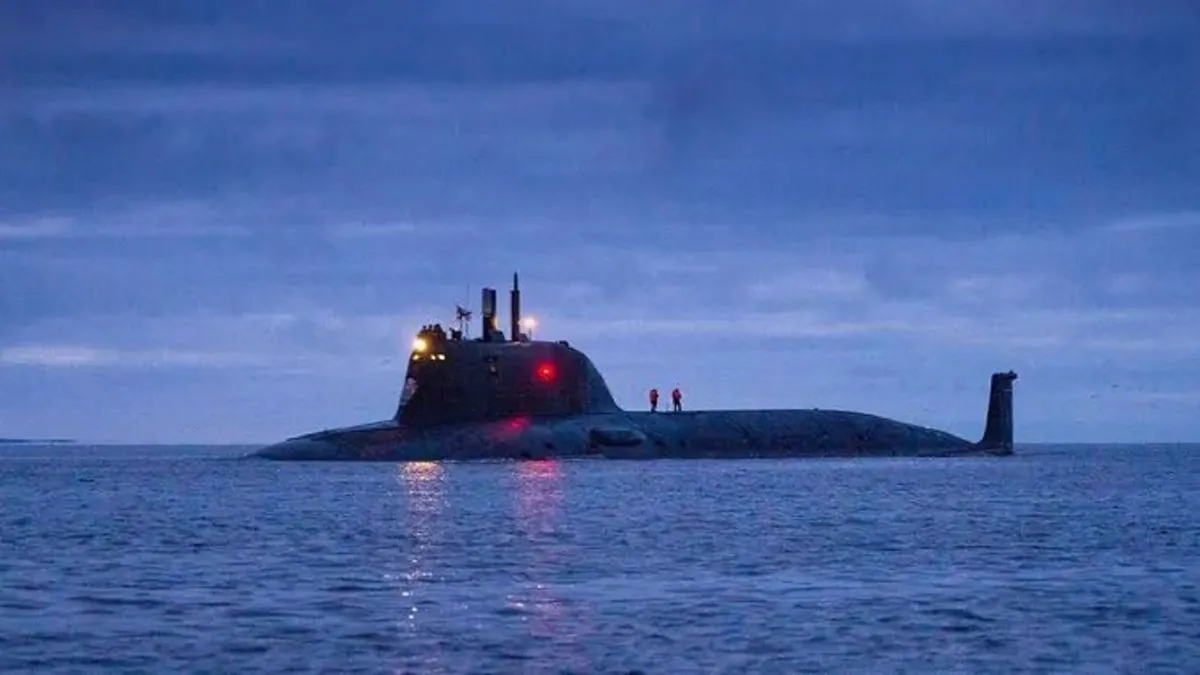Putin Revises Russian Nuclear Doctrine, Expanding Potential Scenarios
Russian President Vladimir Putin announces changes to nuclear doctrine, considering nuclear-backed attacks as joint aggression. Revision expands scenarios for potential nuclear weapon use.

Vladimir Putin, Russia's president, has announced significant modifications to the country's nuclear doctrine. These changes expand the scenarios under which Russia might consider using nuclear weapons, potentially escalating global tensions.
The revised doctrine now considers a nuclear power supporting an attack on Russia as a participant in aggression. This modification comes approximately 2 years and 9 months after Putin initiated military actions in Ukraine. The change appears to be a response to Western support for Ukraine, particularly regarding long-range weapons.
Russia's nuclear arsenal, the world's largest with about 5,977 warheads as of 2022, has been a cornerstone of its military strategy since inheriting the Soviet Union's nuclear capabilities in 1991. The concept of nuclear deterrence, which emerged during the Cold War, continues to shape Russia's military doctrine.

The updated doctrine specifies that an attack by a non-nuclear power, supported by a nuclear-armed state, would be viewed as a "joint attack on the Russian Federation." This broadens the potential scenarios for nuclear weapon use, including responses to massive air attacks involving aircraft, cruise missiles, or drones.
"An attack against our country by a nonnuclear power with the support of a nuclear power will be seen as their joint attack on the Russian Federation."
Russia's nuclear policy has evolved significantly since the signing of the Nuclear Non-Proliferation Treaty in 1970. The country maintains a "no first use" policy for nuclear weapons, but with notable exceptions. The concept of "escalate to de-escalate," which involves using tactical nuclear weapons to de-escalate a conventional conflict, is a key element of Russia's nuclear strategy.
The current doctrine, last updated in 2020, allows for nuclear weapon use in response to weapons of mass destruction or when the state's existence is threatened. Russia's nuclear forces, controlled by the Strategic Rocket Forces, maintain a "nuclear triad" of land, sea, and air-based delivery systems, including advanced hypersonic missiles like the Avangard system.
This doctrinal shift occurs against the backdrop of strained international relations. Russia's withdrawal from the Intermediate-Range Nuclear Forces Treaty in 2019 and ongoing discussions about the New START treaty, signed in 2010 to limit deployed nuclear warheads, have raised concerns about arms control.
The international community closely monitors these developments, with tools like the Doomsday Clock indicating the perceived likelihood of a man-made global catastrophe. As of now, the clock stands at its closest point to midnight since its inception in 1947.
While Putin did not specify whether the modified doctrine envisions a nuclear response to such attacks, the changes underscore the complex nature of modern nuclear deterrence and the potential for miscalculation in international conflicts.


































